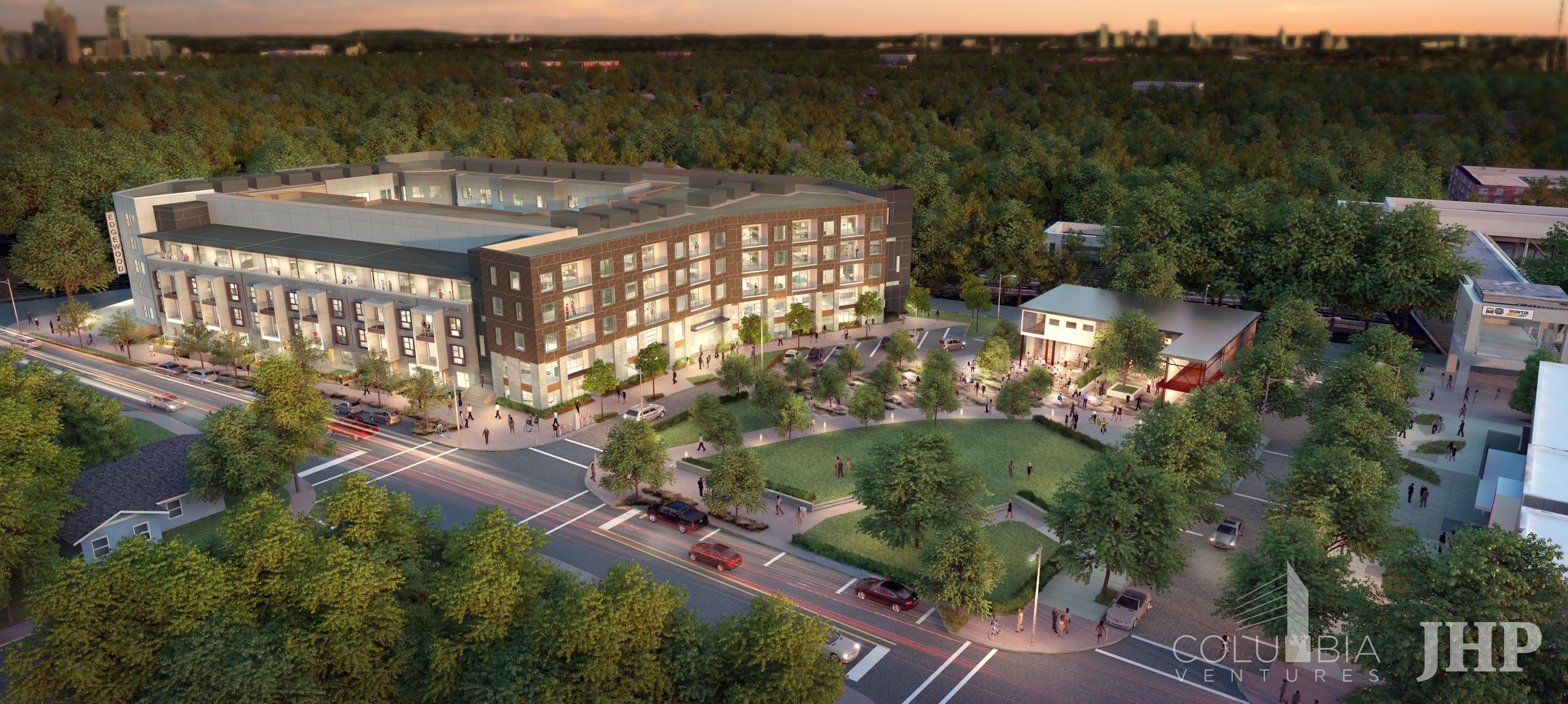"Why Breastfeeding Rooms Are a Victory for California Students" by Michelle Miller, Summary:
Miller introduces Fresno High School and how it has "...changed a lot..." since she herself attended the school. The change taking place in the school; the opening of an area specifically catered to teen moms/ soon to be teen moms. In the first half of the article, Miller goes into how she herself, while attending the school, and even after, could not imagine there being any sort of "accommodation" for teen parents. In the second paragraph, she introduces the experience of her sister, who was a teen mom during her high school days; specifically going into the hardships her sister faced while attending school and taking care of a child. The middle half of the article focuses more on the room and gives detailed descriptions; calling it "...peaceful and inviting". Miller also goes into the practicality of the room, how it provides an area for moms to pump milk, to store milk, and to even learn about the various aspects of being a mom.
Afterwards, Miller takes a turn away from the room itself, and focuses more primarily on the positive impact the room will have for teen moms across the state. With the state of California passing the AB 302 law, high schools in the state of California are required to have separate rooms for pregnant teens, and accommodations for class/class work. She gives a very real statement, that "pregnant and parenting teens want to stay in school, graduate with their class, and be productive, successful adults" however because of the pressure and stress of juggling school and child care, teen moms are left with little to no choice but to drop out. She then goes back to the room, and how it will provide equal opportunities to moms, giving them a chance at graduation and success.
“Why Breastfeeding Rooms Are a Victory for California Students.” ACLU of Northe rn California. N.p.,n.d. Web. 22 Sept. 2016.



 Image Credit: (“SpokeEdgewoodCandlerPark.jpg (JPEG Image, 2400 × 1078 Pixels) - Scaled (53%).” N.p., n.d. Web. 6 Sept. 2016.)
Image Credit: (“SpokeEdgewoodCandlerPark.jpg (JPEG Image, 2400 × 1078 Pixels) - Scaled (53%).” N.p., n.d. Web. 6 Sept. 2016.)